Narrative photography
With Bosnians warriors and injured
Mohammad Hussein Ghadami
Translated by: Zahra Hosseinian
2019-7-30
During the twenty-fourth anniversary of the Srebrenica Massacre in the Bosnian War, I remembered those days when some of the Bosnian warriors and wounded had been brought to Iran for treatment, and I left the conex box, where used as a small office for Literature and Art of Resistance, and visited them to hear and record their story and memories. I conversed with disabled veterans and injured who were accommodated in Enghelab Hotel and being treated in various hospitals of Tehran.
We took them to the shrine of Imam Khomeini, visited museums, watched football matches in Azadi Stadium, and finally we invited some of their narrators to our ‘Night of Memories’ event. One of them, who was the guest of fourth ‘Night of Memories’ event on April 8, 1993, said: ‘I’m Javad Sinanovich. I’m nineteen years old and student in the field of Electronics. I was injured five months ago. When the enemy began to massacre Muslims in our city, I and my friends prepared for fighting and moved toward the out of city. We encountered and clashed with the Serbian army at eight o'clock in the morning. After moments of hit-and-run fighting, I collided with a mine and lost my leg. I liked to stay and fight along with my friends, but unfortunately, they sent me back. When I was returning, I saw the horrible scene of cutting the head of a Muslim mother and her son, and I passed out. As I regained my consciousness in the hospital, screamed, ‘take me back, I want to take revenge’, but I was shocked and passed out for two days. I've not hear of my siblings, and don’t know what has happened to them. I thank the physicians who treat me and also the hospitality of great Iranian. I wish there would be no war anywhere in the world.’
See the following photos:
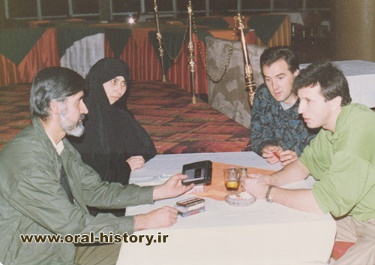
Hearing the memoires of Hussein and Ibrahim Begovich; tell what you feels like it...
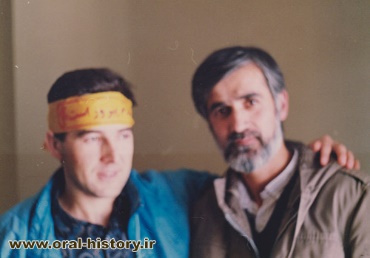
The only photo of Ibrahim I have
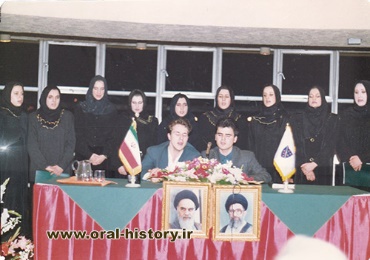
The Bosnian artists’ singing in the Enghelab Hotel
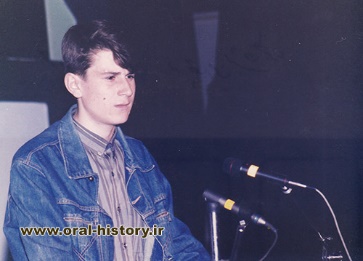
Javad Sinanovich on the fourth ‘Night of Memories’ event
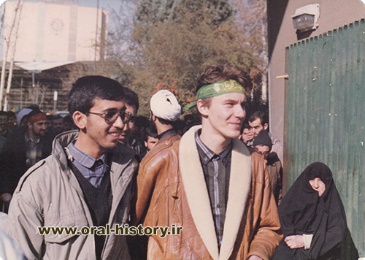
Admir after finishing of Friday Prayer at Tehran University; the face is the index of the mind…
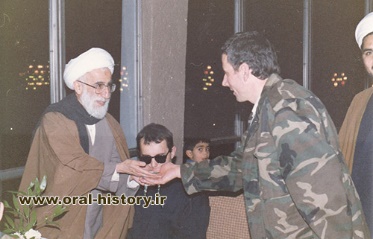
Honoring the guests on the last day of their presence
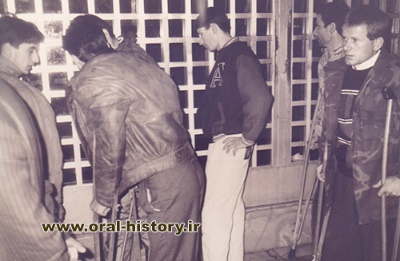
Stunned by simplicity and grace of the tomb of a great man who shook the world with the Islamic Revolution...
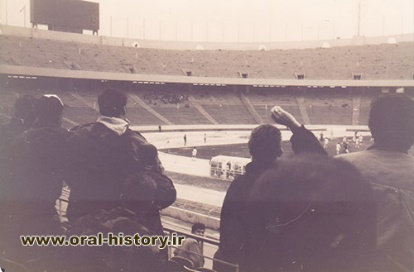
Azadi Stadium; no foreign spectator had encouraged the Iranian football team such a passionately...
Number of Visits: 6957








The latest
Most visited
- Third Regiment: Memoirs of an Iraqi Prisoner of War Doctor – 8
- The 372nd Night of Memoires– Part 2
- The Role of Objects in Oral Narrative
- 100 Questions/ 8
- Pak-Setan (Clean-Seeker)
- Third Regiment: Memoirs of an Iraqi Prisoner of War Doctor – 9
- The Relationship between “Religious Jurisprudence” and “Oral History”
- Oral History News – Aban 1404
Challenges of Interviewing in Oral History
After years of studying the theoretical foundations of oral history, conducting numerous interviews and going through their post-interview stages, as well as reading the available body of oral history literature, I was eventually given the opportunity to evaluate the edited versions of dozens of oral history projects.Comparing the Narratives of Commanders and Ordinary Combatants in the Sacred Defense
An Analysis of Functions and ConsequencesThe experience of the Sacred Defense cannot be comprehended merely through statistics or official reports; what truly endures from war are the narratives of those who stood upon its frontlines. These narratives, however, vary significantly depending on one’s position, responsibilities, and lived experience.
Unveiling of the book "Oral History: What and Why"
The First report: Alireza KamariAccording to the Oral History website, the unveiling ceremony of the book "Oral History: What and Why" by Hamid Qazvini was held on Sunday evening, November 24, 1404, in the presence of experts in the field of oral history in the Salman Farsi Hall of the Arts Center.


